Colin Woodward, author of American Nations, identified eleven regional and rival cultures overlapping state boundaries that shapes American culture and politics. The work is insightful, bringing to mind the European observation that America is a continent, not a country. Woodward’s work has its limitations. One of these limitations is how to deal with the Megalopolis known as the District of Columbia, Maryland, and Northern Virginia. The region is a magnet for people from each of the regions of America and overseas, many armed with ambition for power and wealth. Those of us of a certain age remember a vastly different District of Columbia, as well as a different Maryland and Northern Virginia. It might be well to recall what those differences were, and the history in which they were rooted.
The birth of the District of Columbia was founded in a dinner conversation between Thomas Jefferson and Alexander Hamilton to solve the impasse over the federal assumption of the states’ debts incurred during the War for Independence. Hamilton offered to move the new federal republic’s capital to the South, straddling the Potomac River on land in Maryland and Virginia. (Later in the 1847 Virginia had its donation, primarily the city of Alexandria returned.) Historians have treated this dinner deal as a major win for Hamilton and his well-heeled friends who stood to gain from the federal assumption of the devalued state bonds they held. It would be foolish, however, to discount the value of moving the new federal capital into the South. For a century and a half, Washington D.C. was a southern town in tone and culture, the surrounding towns in Prince George’s and Montgomery counties still tied to agricultural economies, at least until World War Two. Southerners dominated the cultural scene in the nation’s capital until the 1960s; with the wives of Southern senators, such as John C, Calhoun’s wife Floride, setting the standards and rule for society. And in the great tradition of the South, many important decisions were negotiated at the parties and receptions hosted by Southern lawmakers.
Of course, the federal government was housed in buildings north of the Potomac, bridging the Tidewater and Piedmont regions, in a state whose dominant culture was once Southern tidewater to the core. The wealth of colonial Maryland’s leading planters and merchants rivaled the rice barons of South Carolina and the merchants of New York and Philadelphia. In the 1700s, foreign visitors found the people of Annapolis, and not Charleston, to be “more English than the English themselves.” David Hackett Fisher, in his book Washington’s Crossing, wrote that the Maryland regiments of the Continental Line were exempted from the punishment of flogging; the sons of planters, merchants, and lawyers would have no lash laid to their back. None was needed, as the performance of Maryland at Long Island, Camden, Cowpens, and other engagements large and small would attest. At the Battle of Camden, Baron de Kalb’s Marylanders (and Delawareans) held of General Cornwallis long enough to allow for the escape of the militia and General Gates from the disaster. Cornwallis, in recognition of the gallantry of de Kalb and his men, remarked to him, “I am sorry, sir, to see you, not sorry that you are vanquished, but sorry to see you so badly wounded.” Cornwallis then personally directed the dressing of the dying man’s wounds. At Cowpens, the Marylanders (and Delawareans) were the anvil that broke the assault of Banastre Tarleton’s force. Guilford Courthouse, a Pyrrhic victory for Cornwallis which saw his army mangled, including the elite 1st Guards regiment and the famed 33rd Foot, the Royal Army’s model regiment. After clearing the first two lines of General Nathaniel Greene’s patriots, Cornwallis saw the Continentals drawn up in a clearing awaiting his attack. Facing the 1st Guards and the 33rd Foot was the 1st Maryland, who drove the assault of these famed regiments back, forcing Cornwallis to send grapeshot into the melee to clear the field. Legend has it, probably apocryphal, that upon seeing the Continental line Cornwallis asked an aide who the troops were drawn up against the British left. The aide reportedly replied, “Marylanders, sir.” To which General Cornwallis reportedly said, “Damn.” The Maryland and Delaware lines undoubtedly played a prominent and valiant role in the Southern campaigns of the War of Independence. More to the point, these regiments were sent into the South in part because they hailed from Southern states.
Maryland’s “southerness” was attested to by the arch southerner John Randolph (though he drew the line at the “south of the Patapsco River”) who enjoyed many close friendships with planters from Southern Maryland and the Eastern Shore. Other prominent Virginians settled in the state and intermarried into its families. Indeed, the Potomac River was more of a highway than a boundary and intermarriage was common. General Robert E. Lee’s wife was descended from the Calvert family on her father’s side. General Robert E. Lee’s aide, Herny Marshall, was among those who did and settled near Baltimore to practice law. General Isaac Trimble, a native Virginian, was a long time Maryland resident and played a prominent role in the construction of the Baltimore and Ohio Railroad. Trimble championed the abilities of the Marylanders in Confederate service, praising the Marylanders in the Army of Northern Virginia as being the “dandies of the army,” but also among the army’s most disciplined and tenacious troops. At a grand review of the army after the battle of Gettysburg, the First Maryland battalion marched by General Robert E. Lee removed his hat in tribute. Trimble later claimed that Lee told him that the Marylanders “had no equals as soldiers” in the Army of Northern Virginia, and with just twenty thousand of them he would have taken New York. An exaggeration perhaps, Trimble was nothing if not exuberant, but the records of the army do show that the 1st/2nd Maryland had but one desertion during the war, the lowest of any unit in either army.
Maryland’s position during the War is best addressed by President Jefferson Davis. After the war Davis wrote,
“The border State of Maryland was the outpost of the South on the frontier first to be approached by Northern invasion. The first demonstration against State sovereignty was to be made there, and in her fate were the other slaveholding States of the border to have warning of what they were to expect . . . Henceforth the story of Maryland is sad to the last degree, only relieved by the gallant men who left their homes to fight the battle of States rights when Maryland no longer furnished them a field on which they could maintain the rights their fathers left them. This was a fate doubly sad to the sons of the heroic men who, under the designation of the ‘Maryland Line, ‘ did so much in our Revolutionary struggle to secure the independence of the States; of the men who, at a later day, fought the battle of North Point; of the people of a land which had furnished so many heroes and statesmen, and gave the great Chief Justice Taney to the Supreme Court of the United States.”
The erosion of Maryland’s southern identity began with World War Two. David Brinkley the journalist, a native of Wilmington, NC, witnessed firsthand the transformation of the country’s capital from a “sleepy, Southern town” to a bustling metropolis. As lobbyists and defense contractors poured into the District of Columbia, new industries and factories such as Westinghouse made their appearance in the Maryland countryside. The small towns surrounding Baltimore and Washington D.C, were transformed into suburbs to house many of the workers from the Northeast and Midwest relocating to Maryland to work for the defense industries springing up in what were once farms and pastures. This began a protracted process of cultural transformation. Pat Buchanan, in his autobiography, Right from the Beginning, described Washington (and the towns of Bethesda and Rockville) as still Southern, but changing rapidly. What World War Two began, subsequent expansions of the federal government during the Johnson, Nixon, Reagan, and every subsequent administration finished.
The assault on Maryland’s and Washington’s culture was not merely a result of the enlarging of the federal Leviathan, but this trend had a good deal to do with it. The passage of the Voting Rights Act stripped the rural interest of its protections and gave a disproportionate voice to the urban and new suburban interests of the state. For decades, bureaucrats, contractors, and lobbyists spilled into the once rural counties of Montgomery, Prince Georges, Anne Arundel, Charles, and Howard counties, and spread as well throughout Fairfax, Prince William, and Loudoun counties in northern Virginia. While the census numbers tell the tale of the large numbers of non-native Marylanders and Virginians settling and working in these new deserts of concrete, steel, and glass, an anecdote may best sum up the cultural shift under way in my corner of Virginia which borders occupied Virginia. My wife and I were touring the old Nelson family home, Long Branch Plantation (renamed Long Branch Farm for modern sensibilities) when the Ohio born docent informed me in magisterial tones that Virginia was part of the Mid Atlantic, not the South. This betrayed a monumental, perhaps willful ignorance, of the home and the family it sheltered for many years. Hugh Nelson, the owner of the home before the War, hailed from an old Virginia family. Like many in Clarke County, he opposed secession but served Virginia in the war, commanding the Sixth Virginia Calvary. He died in the service of his state during the Seven Days campaign. As we continued our tour, I noticed a portrait done by Mort Künstler of Nelson in his uniform bidding farewell to his family as he left Long Branch for the last time. Of course, the portrait hung in a place of honour, outside of the public restrooms.
The history faculty of Johns Hopkins University was a bit more subtle and sophisticated than the transplanted Ohioan, but no less ready and willing to recast the history and experience of the people among whom they live. Hopkins historians made a cottage industry of casting Maryland as a Middle Colony, a moderate middle ground between hot-headed Southerners and greedy, materialistic Yankees. This recasting also portrayed Maryland as a pro Union state throughout the war: military occupation, suspension of habeas corpus, suspension of civil liberties notwithstanding. Native Maryland historians, Lawrence Denton, A Southern Star for Maryland; Bart Rhett Talbert, Maryland: The South’s First Casualty; and Robert Bowie Johnson, Maryland and the Confederacy, attempted to set the record straight, but have been generally ignored as they lack the Hopkins imprimatur. More recently, Maryland author Joyce Bennet has gallantly defended her native state against the occupiers.
Contra Colin Woodward, what is now happening culturally to Maryland and Northern Virginia is not the displacement of the Tidewater culture due to an influx of people from the states of the Midlands culture, Pennsylvania, parts of the Midwest et al. No, Maryland and Northern Virginia are being swallowed up by an imperial district populated in part by a parasite class from all points of the compass who possess no real culture. Drug traffickers refer to the areas as the DMV, a perfect sterile moniker for a region whose history and culture have been scrubbed away. The District of Columbia was intended to be a ten square mile district, it now encompasses sixty-eight square miles, but its influence extends through nearly all of Southern and Central Maryland. Aside from little Carroll County (and barely hanging on Saint Mary’s and Calvert counties), only the Chesapeake Bay and the Blue Ridge have kept the sprawling monster at bay for the present. In Virginia, Arlington, Alexandria, Fairfax, Prince William, and Loudoun counties have fallen to the beast, and across the Blue Ridge little Clarke County is falling.
Jefferson Davis’s observation that the fate of Maryland would be the fate of the South has proven prophetic. One can find “DMVs” across the Southern states: the research triangle and Charlotte in North Carolina and Atlanta, Georgia immediately come to mind. These places tout their status as “international.” True, the occupiers in Savannah and Charleston have preserved much of those cities’ architecture and profile, quite different than the very leveling of the hills in Fairfax and eastern Loudoun Counties, but it is a type of preservation reserved for museums and sarcophagi. The turning point for Foggy Bottom, or as others term it Babylon on the Potomac, was war. Wars enlarged the city, it enlarged the lobbyists, the government agencies, and the contractors. War in all of its effects is the enemy of human scale. The great Hamiltonian engine, the unholy marriage of debt, capital, and the federal state, is not merely a seedbed of tyranny, it is the destroyer of authentic and rooted culture. How ironic that a real estate tycoon from Queens may be the one who begins the long overdue demise of the DMV.
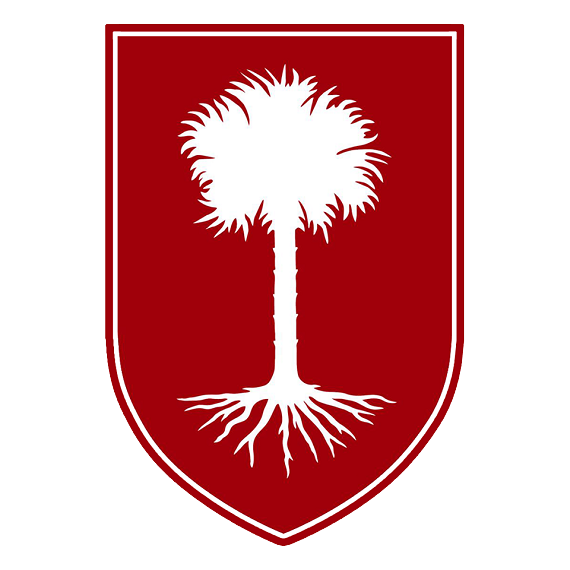
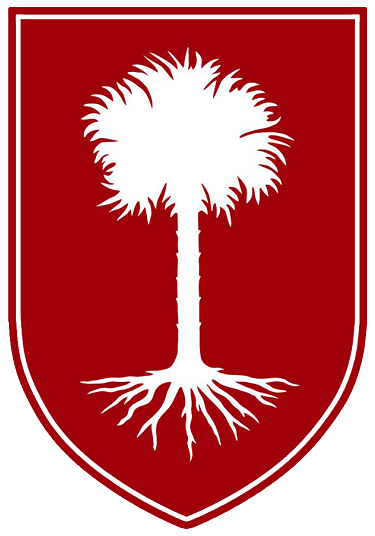
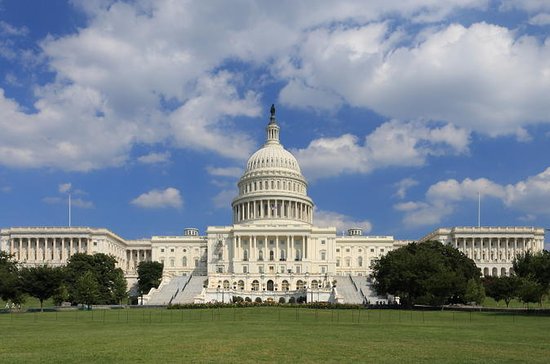
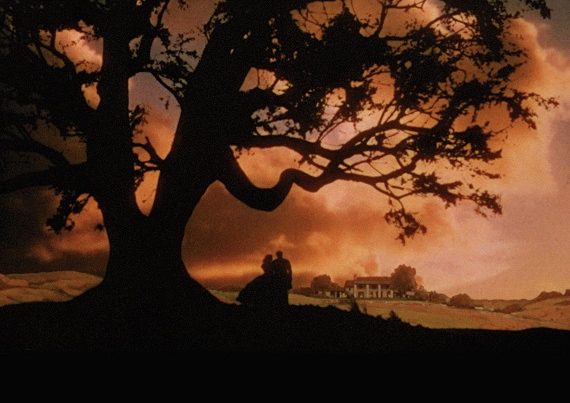


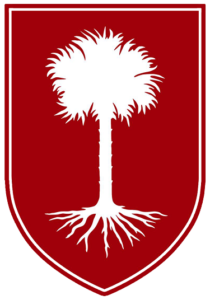
We must not forget Lyndon Johnson and his ‘Great Society’ for ruining the DMV. I witnessed it first hand. The region literally exploded in growth once his policies were put in place. Hopefully Trump will succeed in moving federal agencies to the hinterlands and completely closing most federal agencies.
Excellent essay. The cultural cleansing of DMV is tragic. There used to be fields of tobacco and ancient weathered barns in the vicinity of Old DC. Now this area is an urban carpetbagger nightmare.
Thank you for your article.
Equally dreadful is the 21st century Florida south of Gainesville, particularly on the coasts, a veritable Waste Land devoid of, really, any culture. It’s Southernness nearly extinct, it’s fully metastasized into some weird and unpleasant combination of Northeast and Midwest subcultures (even the natives largely are children of recent Yankee migrant families) each of which are already lacking in originality and depth.
It’s happening everywhere.
Here in Texas… Tyler, Abilene, Amarillo… maybe Lubbock… are still heart felt…
DFW, San Antonio, Austin, Houston, Corpus Cristi, El Paso… most of the population… are damn near DMVs. A few strongholds here and there scatteeed about… but Marxism and all of its trivial iterations thrives where deracinated people congest.
Woodard, not Woodward
This article is a magnificent restatement of history and a poignant reminder of what I consider to be the evils of change.